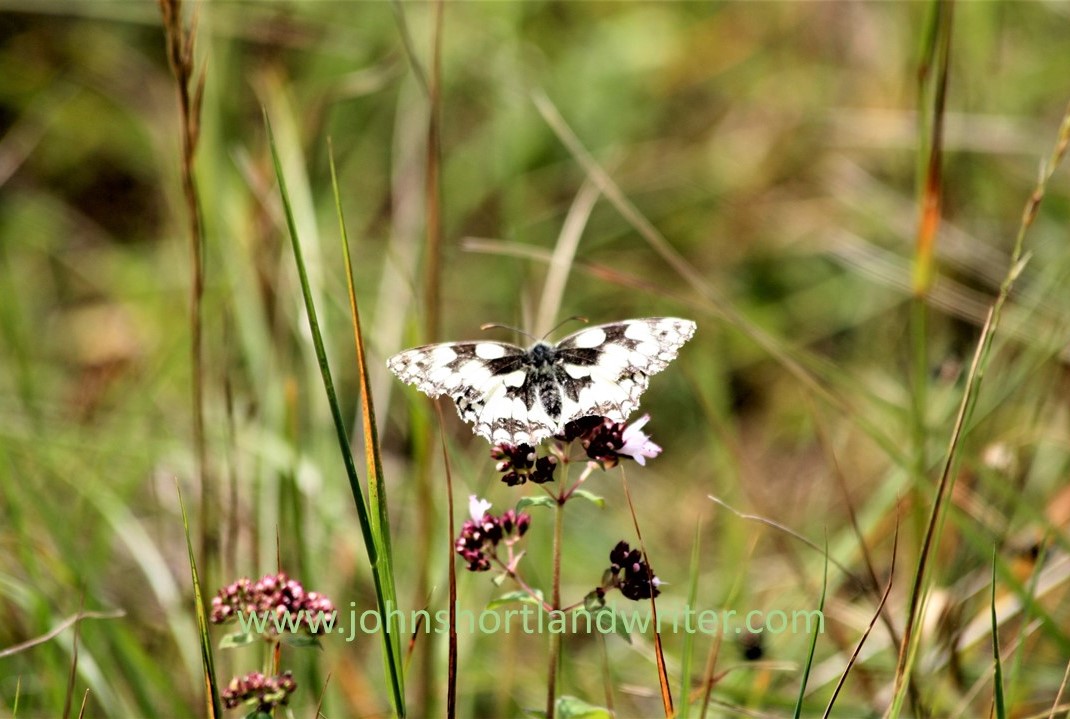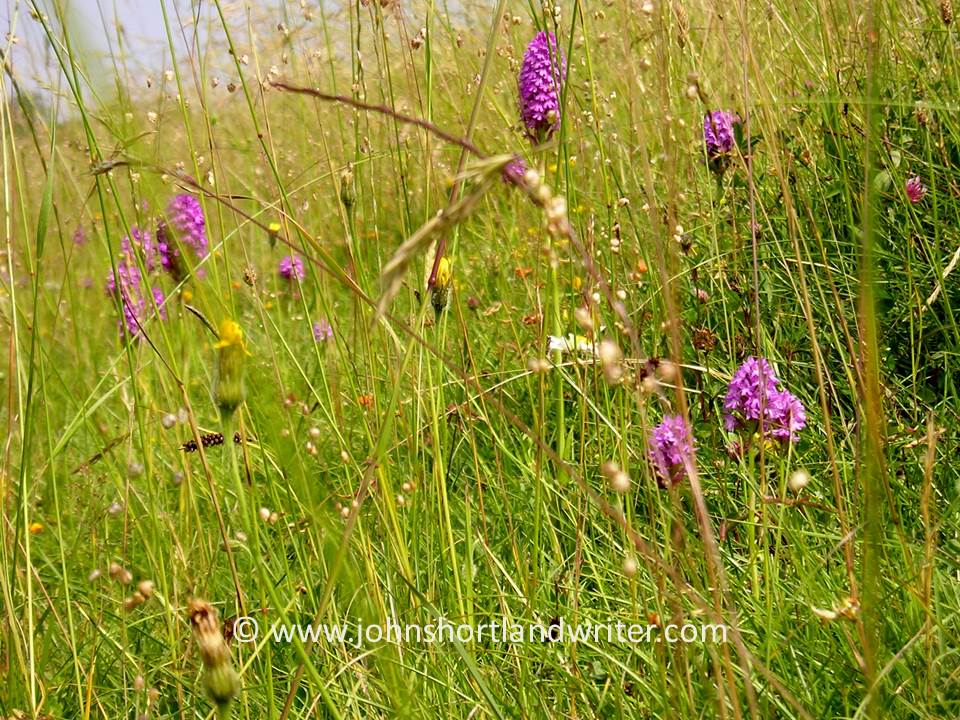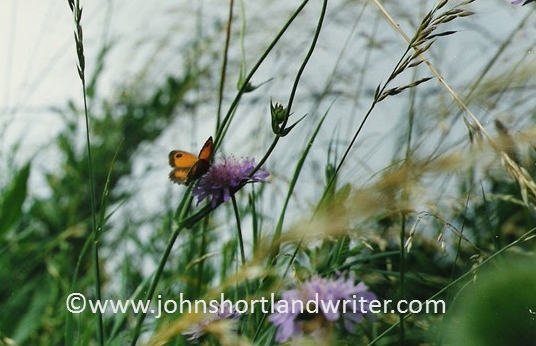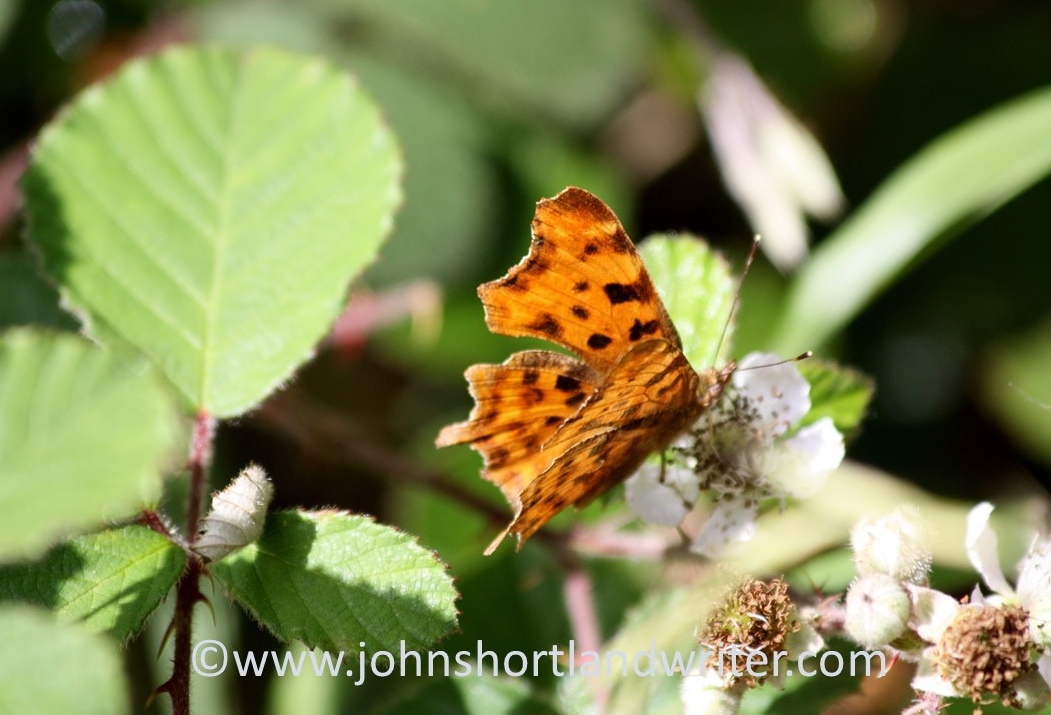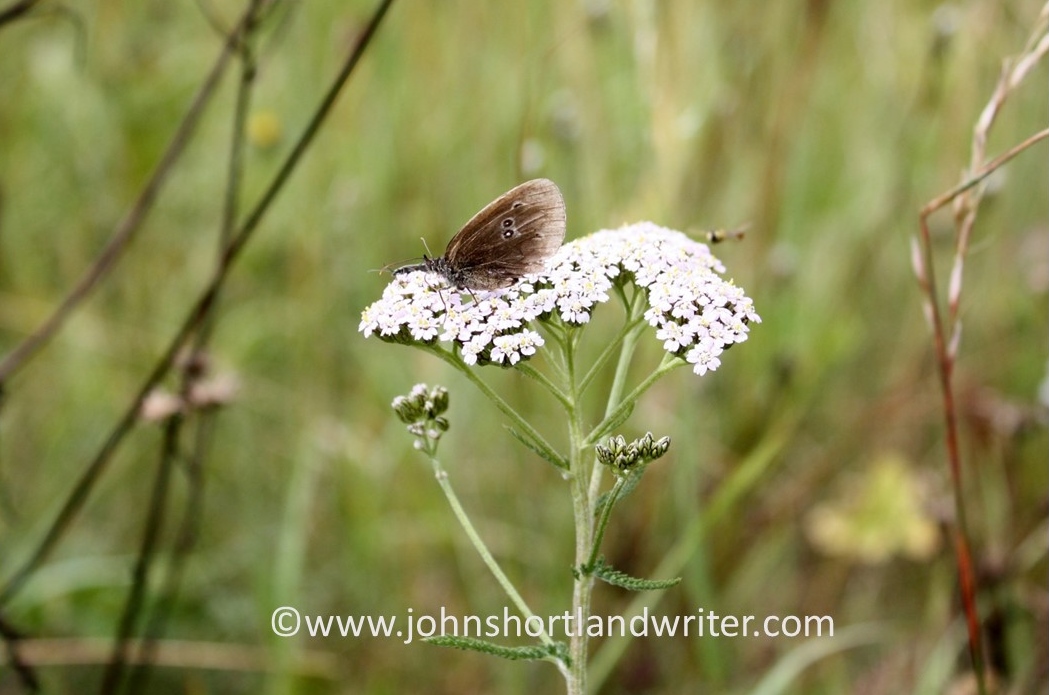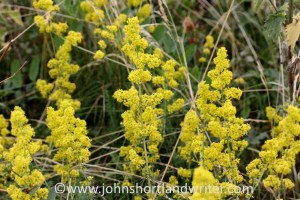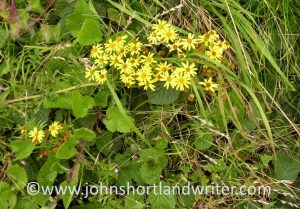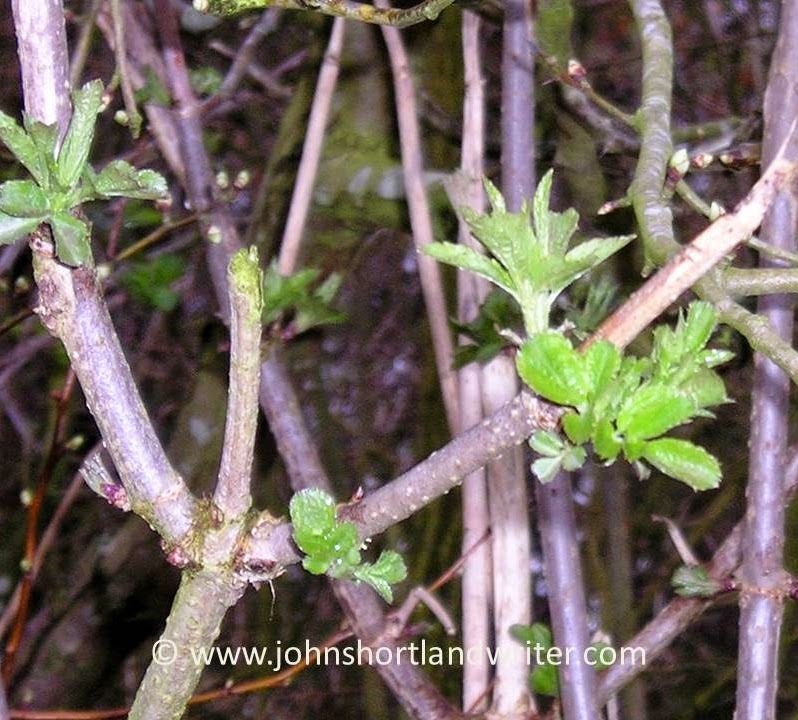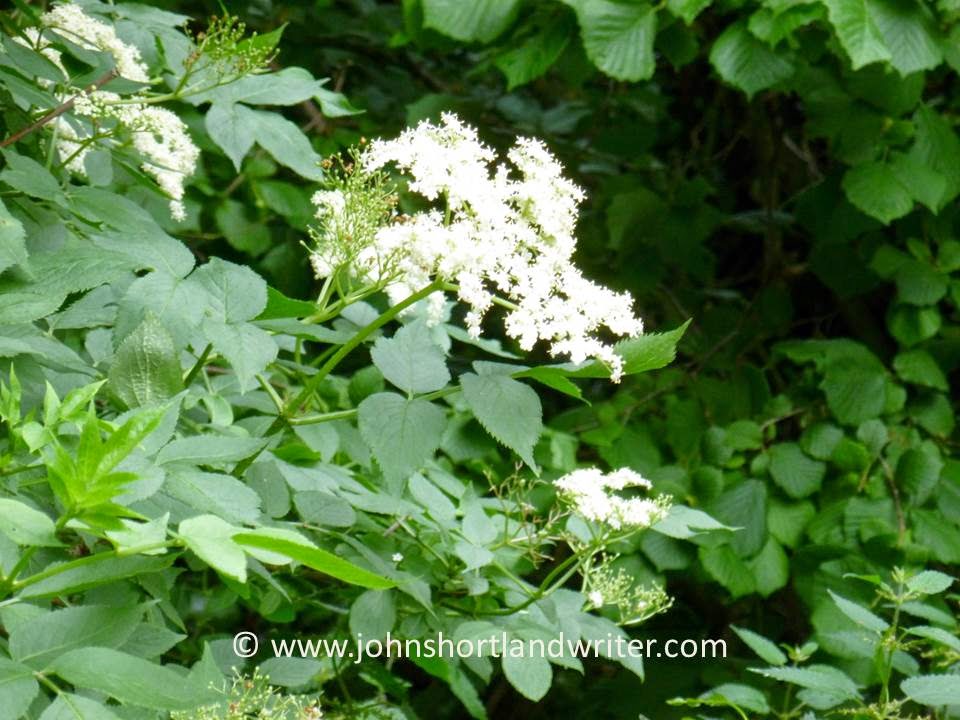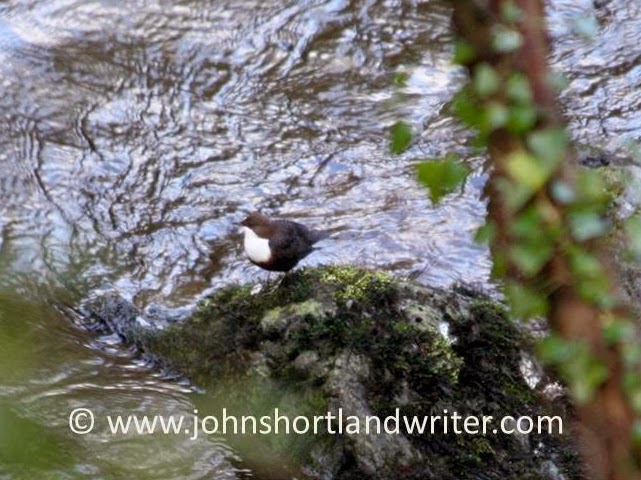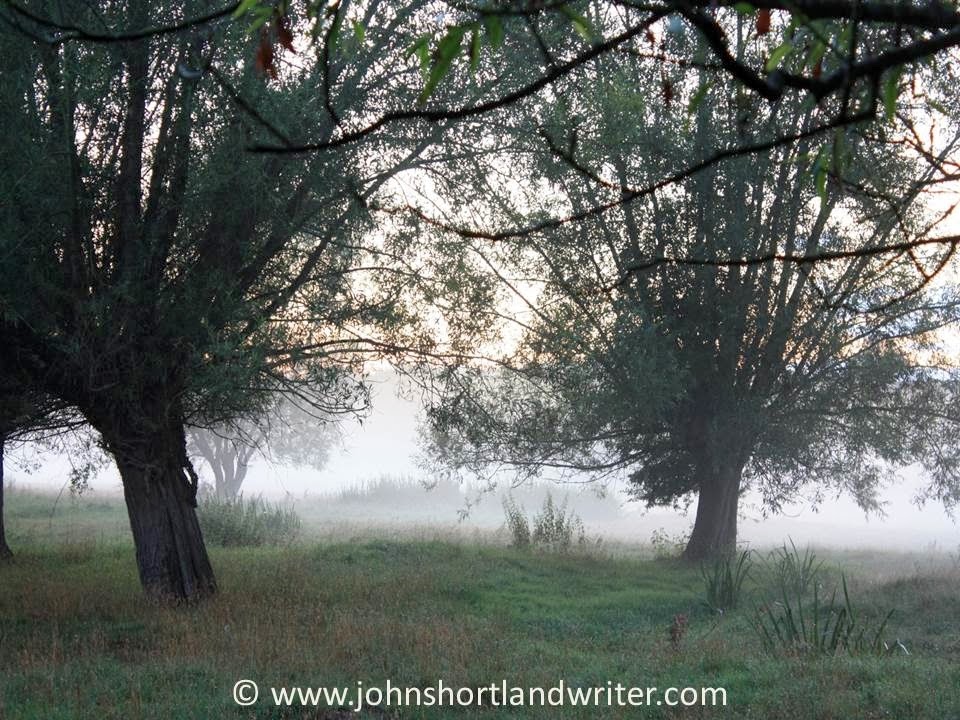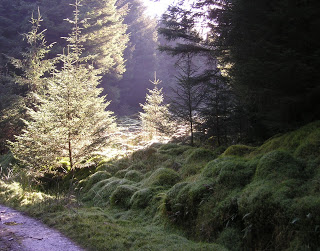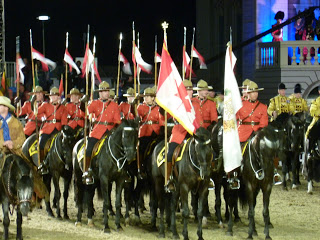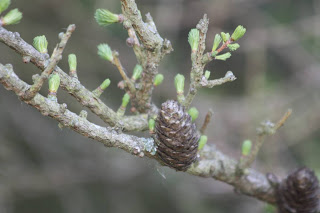I was fortunate in having a country childhood where roaming the fields and woodlands was the norm. My early schooling was often held outdoors on sunny days, sitting on a warm, grassy bank; best of all, were the long, nature-study walks we were occasionally taken on. At the age of ten my schooling changed and the open space and fresh air was replaced by a concrete yard separated from a railway line by a high, chainlink fence. The only shades of green to be seen were the short spikes of Wall Barley Grass that grew wherever they could find a place to take root. Later, I changed schools again and, although still in the centre of a town, at least now there were extensive playing fields as well as a small wooded area. In the no-man’s land between the closely-mown sports grounds and the trees Hardheads and Rocket grew. Against the school walls, Wall Barley Grass could be found.

Wall Barley Grass, which as children we called darts, is a short, annual grass that thrives on waste ground. It frequently sows itself in cracks in pavements or, as at my old school, the gap between the tarmac playground and the wall. Despite frequently growing at the base of walls which its common English name recognises, the botanical name for the grass Hordeum murinum means something quite different: murinum = mouse. So why darts and, for that matter, why mouse? Surprisingly the reasons behind both names are unwittingly known by countless generations of children. Our favourite ‘weapon’ of choice, the seedheads when separated from the stalk, can be thrown just like a dart, the point not sticking into a bullseye but on articles of clothing, especially knitwear. The pinnacle of childish achievement was to attach it unknown to someone at the base of their back. Over time, with their body movement, the dart would slowly creep upwards until it arrived to prickle their ear or neck in the same way as a pet mouse might.

In researching for this blog, I was surprised to discover that Wall Barley Grass, so commonly seen throughout my (Home Counties) life, is rarely found in Scotland and Ireland. It is a plant of drier, warmer regions and grows across the Mediterranean area, North Africa, parts of Asia as well as Central and Western Europe.

It is sometimes hard to believe that Centaurea nigra, Knapweed – or as we called it, Hardheads – is a wild flower; it seems to be far too beautiful to be a ‘mere weed’! A great bee and butterfly plant it grows to about two feet tall and flowers throughout the summer months. As children we cared not one jot about the flowers, it was the flower buds that we coveted. A tight, hard ball (hence the name) on a long pliable stalk made them another ideal weapon once we’d tired of darts. Perhaps ‘bullets’ might have been a more appropriate name for when the stalk was looped around the bud and pulled tightly the bud would ping off at quite some speed. Unlike darts where stealth was required, hardhead battles were fought openly and at close quarters. The closer to the opponent the more they stung when a strike was made.


On rare occasions, pure white flowers can be found. These were always treated with respect and never picked. Even rarer – and I know of only one place where they can be found – bi-coloured hardheads grow. Hardheads grow throughout Europe, elsewhere in the world it is an introduction. For me, the first of its flowers are a sure sign that summer has arrived. A plant of old meadows and chemical free waysides, their purple flowers brighten up many a roadside verge.

The last of this trio of childhood plants, Rocket, is the only one that we never picked. They were loved for their appearance reminding us of the sparkler trail of the cheap, unsophisticated fireworks that were the norm in the 50s and 60s. Rocket, bears no resemblance in any way to the herb that we eat in salads, in fact it has been used as a medicinal herb to relieve many complaints ranging from gallstones to treating snake bites. Agrimony, Agrimonia eupatoria, to give it its correct English and botanical names, grows to about two feet tall and flowers in mid-late summer on a single stem. Its pretty, pale yellow flowers are followed by sticky burr-like seedheads that attach themselves to animals and clothing. They grow on roadside verges and grassland but unlike so many of our native wild flowers that require ancient, unimproved meadows, they prefer relatively young ones of less that fifty years of age.


Just as garden plants can often remind us of people, times and places of the past so darts, hardheads and rocket transport me back to my childhood. I no longer pluck darts to throw but I do admit that rarely a summer goes by when I don’t check that my knack of firing hardhead bullets hasn’t been lost. In doing so I remember a time of innocence, old friends and a life of simple pleasures.







